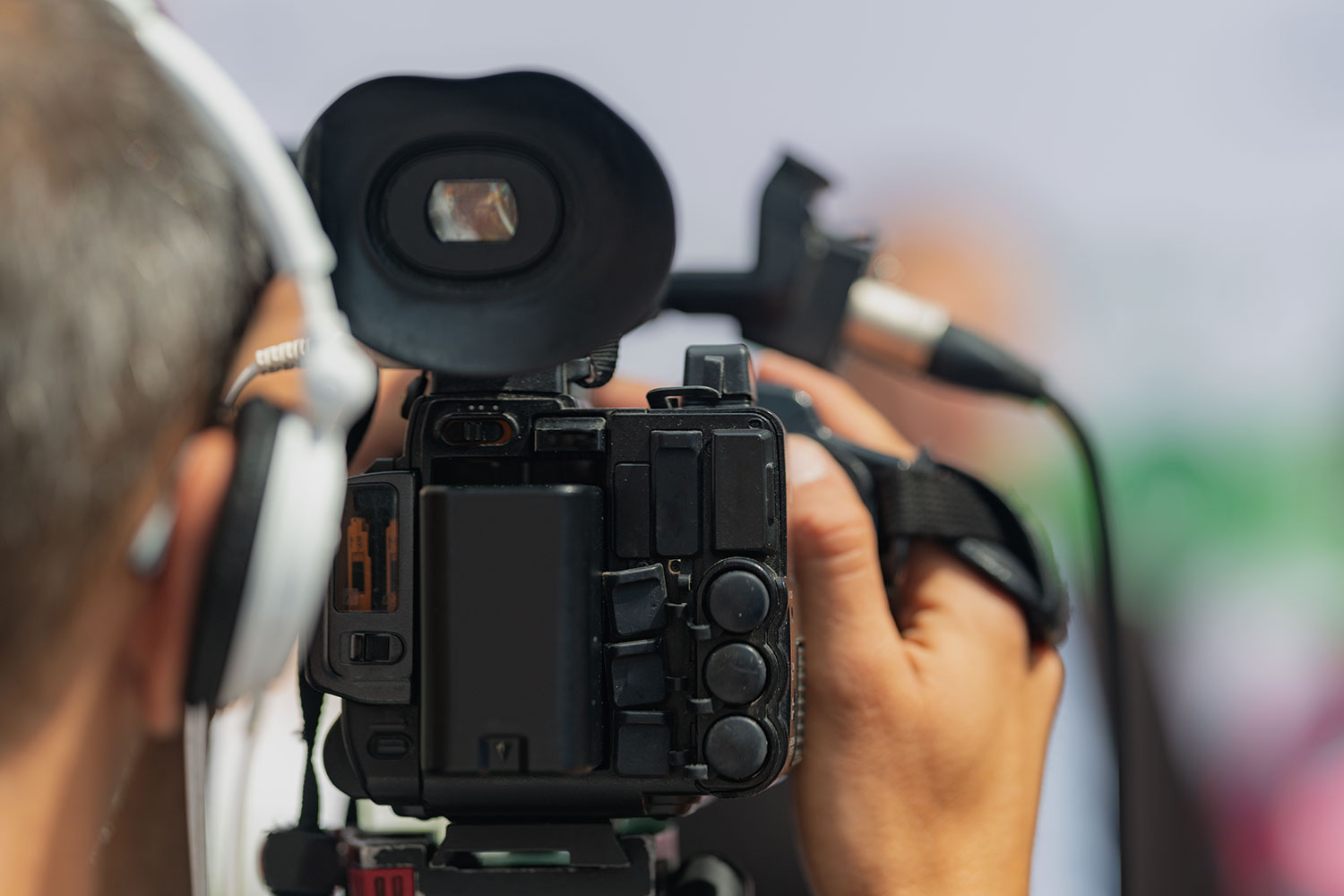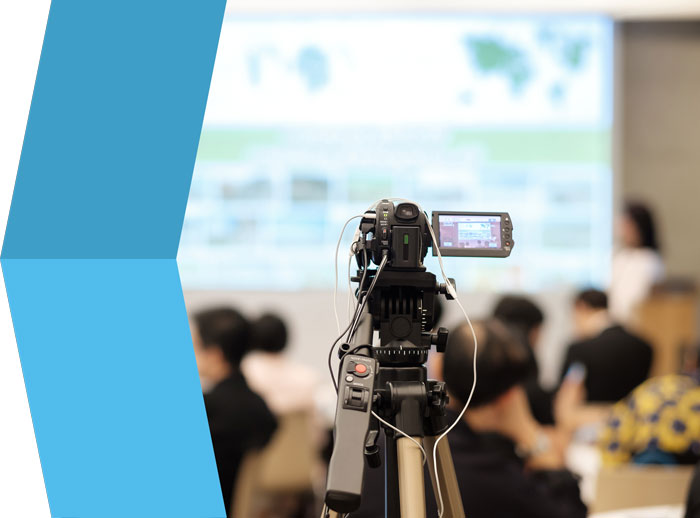Exploring the Systems of Lawful Videography: Introduction Its Procedure in Safeguarding Genuine Aesthetic Statement for Judicial Procedures
In the world of judicial procedures, the duty of legal videography stands as a foundation in protecting and offering aesthetic proof. As innovation continues to breakthrough, the devices behind legal videography have become progressively elaborate, using a vital layer of authenticity to testaments recorded on video clip.
Historic Development of Lawful Videography
Analyzing the historic progression of lawful videography discloses a substantial makeover in the capturing and presentation of visual evidence within the legal landscape. In the past, legal process heavily relied on created photographs and records to record events and provide proof. Nevertheless, with the development of video clip technology, the legal sector observed a paradigm shift in just how aesthetic testament was recorded and presented.
The development of lawful videography can be mapped back to the late 20th century when advancements in video recording devices made it much more easily accessible for use in courtrooms. This technical innovation not only improved the precision and dependability of aesthetic evidence however additionally changed the means instances existed to judges and juries (Legal Videography). Attorneys started to recognize the convincing power of video clip recordings in sharing feelings, subtleties, and non-verbal cues that created photographs or transcripts alone can not capture efficiently

Modern Technology Developments in Video Documentation
What key technical developments have revolutionized video clip paperwork in the lawful area? The lawful field has actually seen substantial innovations in video clip paperwork modern technology that have actually enhanced the credibility and integrity of visual proof in judicial process. Among the essential developments is high-def (HD) video recording abilities, which offer crystal-clear pictures and sharp details that are essential for properly catching testimonies, faces, and various other visual hints. In addition, the combination of timestamping and metadata features in video clip documentation devices has actually enabled specific paperwork of when and where the video clip was recorded, guaranteeing the integrity of the evidence offered in court.
Additionally, developments in video clip encryption and watermarking technologies have reinforced the safety and security and tamper-proof nature of video clip evidence, securing it against unapproved changes or meddling. The development of cloud storage services and remote accessibility capabilities has structured the storage space, retrieval, and sharing of video proof, helping with seamless cooperation amongst legal specialists and making sure efficient accessibility to important visual testaments when required. These technical developments in video documents have actually definitely changed the legal field, improving the accuracy, integrity, and admissibility of aesthetic evidence in judicial proceedings.
Role of Lawful Videographers in Court Room Settings
The advancement of video clip documents modern technology in the lawful field has actually required an important duty for legal videographers in court settings, guaranteeing the honesty and dependability of aesthetic testimonies presented throughout judicial process. Legal videographers play a fundamental role in recording and maintaining precise visual proof that can be pivotal in court cases. Their obligation includes establishing equipment, videotaping process, and creating high-grade videos that precisely reflect the occasions in the court.
Furthermore, lawful videographers frequently work carefully with lawful groups to ensure that the video clip proof aligns with the instance's needs and can be properly presented in court to support the lawful arguments being made. Generally, the function of legal videographers in court settings is crucial in maintaining the concepts of justice and making sure the openness of legal procedures. Legal Videography.

Ensuring Admissibility and Stability of Video Clip Evidence
To preserve the credibility of aesthetic proof presented in lawful proceedings, making certain the admissibility and stability of video proof is an essential obligation for legal videographers. Admissibility refers to the approval of proof by the court, and for video clip proof to be acceptable, it has to meet certain requirements. Lawful videographers play a critical function in making certain that the video clips they catch comply with the rules of proof, such as importance, authenticity, and dependability.
Stability check my source of video proof involves keeping the creativity and precision of the video from the moment it is recorded up until it is offered in court. This consists of safely keeping the video data, recording the chain of custodianship, and stopping any kind of tampering or alterations. Lawful videographers need to follow strict protocols to assure the stability of the video clip evidence and prevent any kind of difficulties to its credibility.
Future Trends in Legal Videography
Offered the raising reliance on modern technology in legal process, lawful videographers are positioned to embrace ingenious innovations forming the future of visual testimony capture and discussion. One of the noticeable fads on the horizon is the combination of digital truth (VR) and enhanced truth (AR) modern technologies into legal videography. These technologies have the prospective to change exactly how aesthetic evidence is offered in courts, allowing juries and judges to immerse themselves in the scene of the criminal offense or incident.
Moreover, making use of man-made intelligence (AI) algorithms for video clip evaluation is expected to streamline the procedure of examining and analyzing large quantities of video footage. AI can help in determining essential moments, abnormalities, and patterns within videos, boosting the efficiency of legal examinations.

Conclusion
To conclude, legal videography has played an essential duty in offering genuine aesthetic evidence for judicial procedures. Via technological innovations and the experience of legal videographers, the honesty and admissibility of video evidence are made certain in courtroom setups. As lawful videography remains to advance, it will certainly be vital to copyright requirements that keep the accuracy and reliability of aesthetic testament for the future of legal procedures.
Examining the historical development of lawful videography reveals a considerable improvement in the recording and presentation of visual proof within the lawful landscape.The evolution of video paperwork innovation in the lawful field has required a vital duty for legal videographers in courtroom setups, making certain the integrity and reliability of visual statements provided throughout judicial process. Furthermore, lawful videographers frequently work closely discover this info here with lawful teams to guarantee that the video evidence lines up with the situation's demands and can be successfully offered in court to sustain the lawful disagreements being made.To keep the credibility of visual evidence offered in lawful process, making certain the admissibility and honesty of video clip look at here now evidence is an important obligation for legal videographers. As legal videography continues to evolve, it will certainly be crucial to promote criteria that keep the accuracy and reliability of visual testimony for the future of lawful procedures.